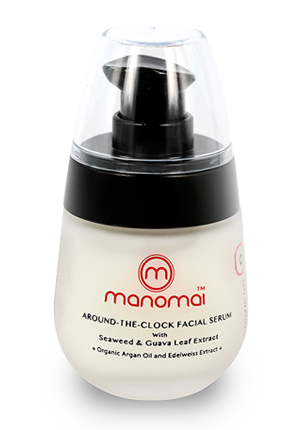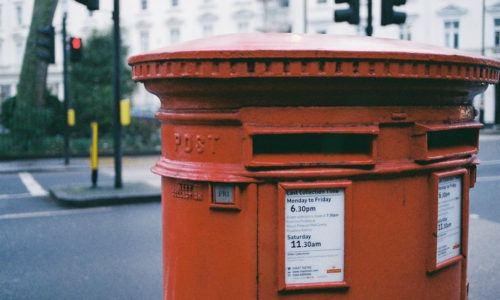London buses to accept contactless card payments

Transport for London (TfL) has introduced a contactless card payment option for bus commuters in London.
The contactless card is similar to an Oyster card, only using contactless credit, debit or charge card instead, facilitating the touch-and-go approach to transport. Credit, debit and American Expresses cards will all be accepted if they hold the contactless symbol.
Oyster card readers on buses, which rely on radio-frequency identification, have been updated so that they are also compatible for the new card payments.
The advantage of this system is that all journeys can be tracked online and everything will be managed by the card issuer, ensuring a level of security. With the intention of making commuting quicker and easier, there are no PIN numbers necessary, and the card will work on a pay-as-you-go touch system.
While the Oyster system will still be in place, the advantage of the contactless card is that there is no need for regular top-ups or for travellers to purchase tickets, both of which can add to congestion and queues on the transport services.
The Mayor of London, Boris Johnson, said: “Lots of us have had the frustrating experience of dashing to board a bus only to discover that our Oyster card has run out of credit.”
Commuters have been warned to keep the payment cards separate from their Oyster cards to avoid confusion. If accidentally scanned together, the reader may reject both cards as it is unsure as to which card to issue the payment, or, alternatively, may take payment from the card which the traveller did not intend.
Additionally, the payment cards are only valid on buses and can only be used to pay for single journeys. Features such as Travelcard or Bus Tram Pass season tickets are not applicable on the contactless payment cards.
These changes to quotidian life confirm that there is still work to be done, but as of Thursday, commuters will be able to use these payments cards provided they possess the correct symbol.
While the system is likely to need improvement, which can be explored through trial and error, the preliminaries are in place to provide a service that could be perfected to make commuting around the city more fluid.
Natalya Paul























Facebook
Twitter
Instagram
YouTube
RSS